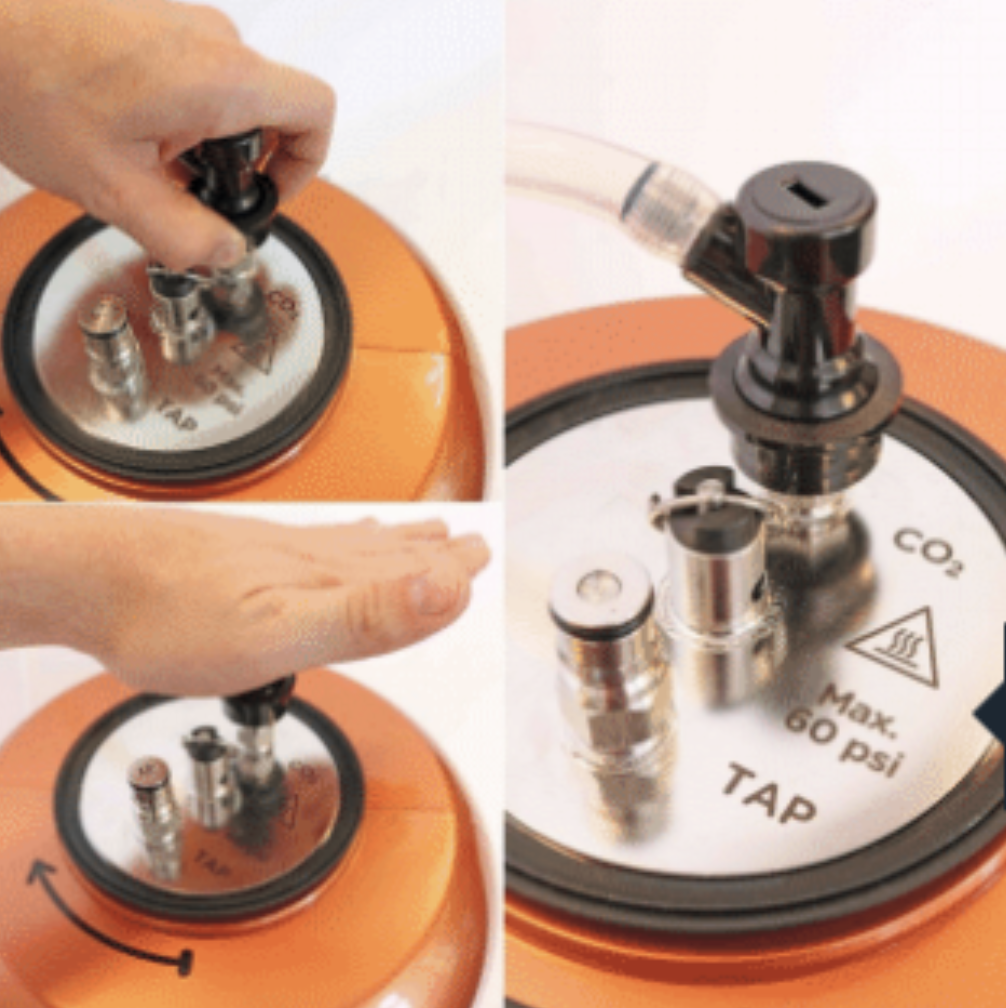Troubleshooting: Using a Blow-off?Updated 6 months ago
Recommended for aggressive yeast activity
Some beer styles and yeast strains ferment more vigorously than others. When fermentation gets wild, using a blow-off tube instead of a standard airlock helps protect your equipment, prevent clogs, and simplify cleaning.
Why Use a Blow-Off Tube?
A blow-off tube allows excess krausen (foam) and CO₂ to safely escape during high-intensity fermentation. It's especially helpful when using:
Highly active yeast strains
High-gravity worts
Warm fermentation temperatures
If the krausen rises too high, it can clog a regular airlock—potentially causing pressure build-up or a messy overflow. A blow-off setup avoids that.
Yeast Strains That May Require a Blow-Off Tube
| Yeast Type | Common Strains | Blow-Off Recommended? |
|---|---|---|
| Kveik | Voss, Hornindal, Lutra | ✅ Yes – very aggressive |
| Hefeweizen Yeast | WB-06, Wyeast 3068 | ✅ Yes – high krausen |
| Belgian Ale Yeast | WLP500, Wyeast 1214 | ⚠️ Usually – varies by style |
| US-05 | American Ale | ❌ Not usually needed |
| Lager Yeast | W-34/70, SafLager | ❌ Rarely needed (cooler temps) |
💡 Pro tip: deserves special mention: it ferments at warm temps (86–100°F / 30–38°C) and produces intense krausen in a short time. We recommend always using a blow-off tube with kveik strains.
How to Set Up a Blow-Off Tube with the Smart Keg
For aggressive yeast, it is always recommended to use the blow-off tube vs an airlock, since it makes cleaning easier.
**1. locate a container

**2. Spray the container around the neck
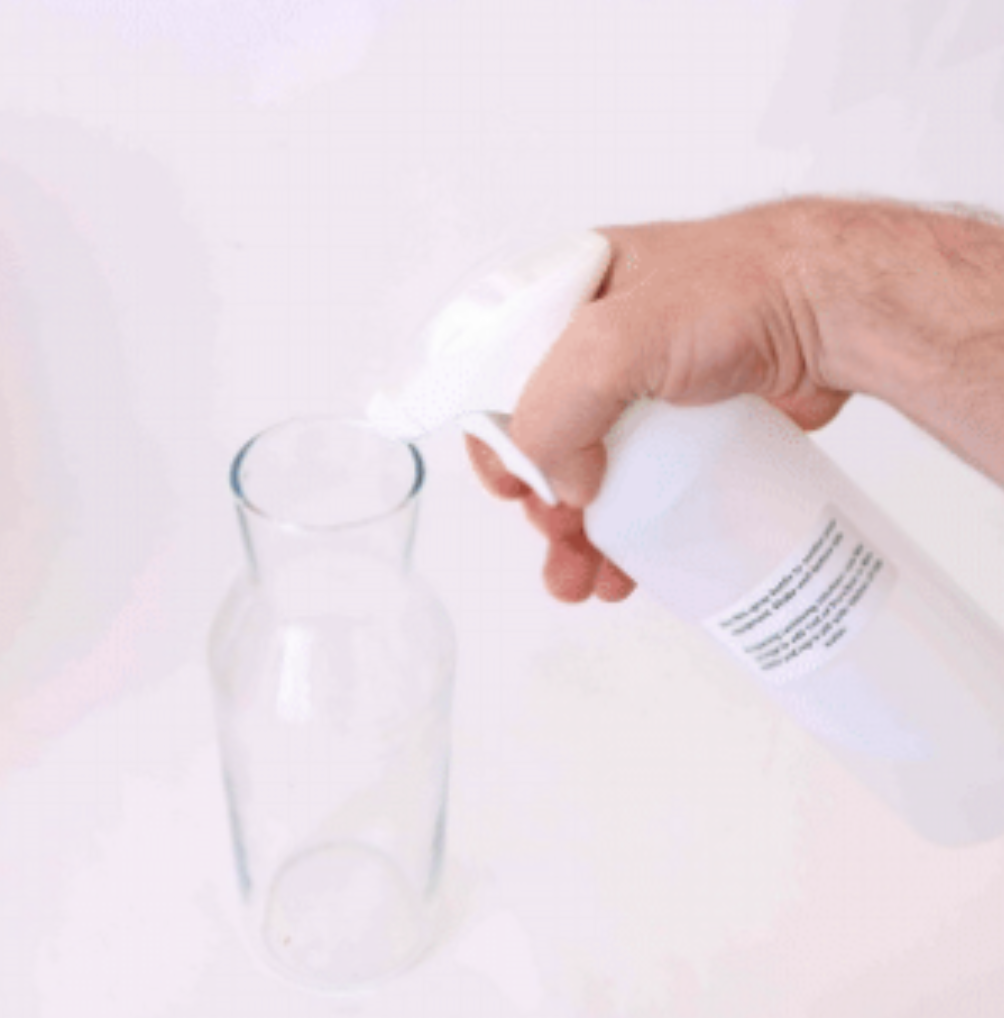
**3. Fill the container with water to keep it stable
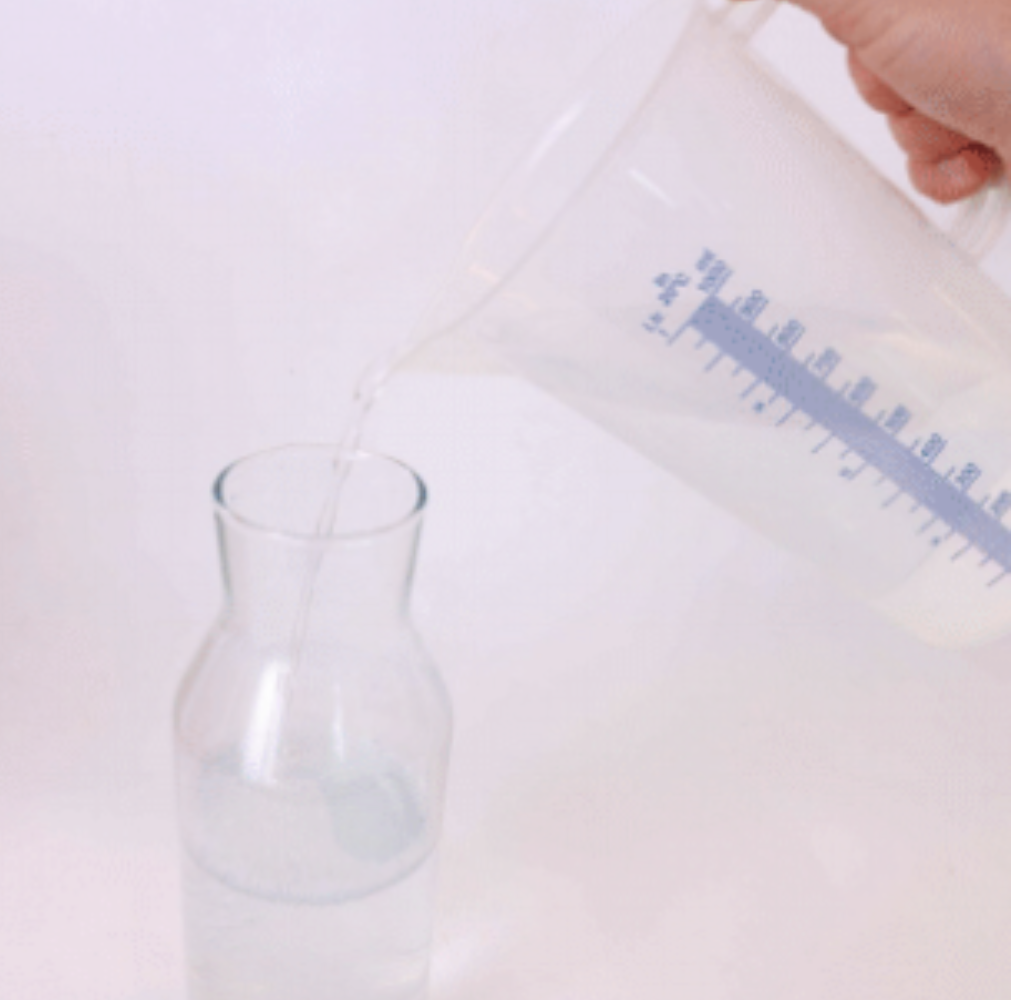
**4. Connect the blow-off tube with the connector. Make sure both are sanitized
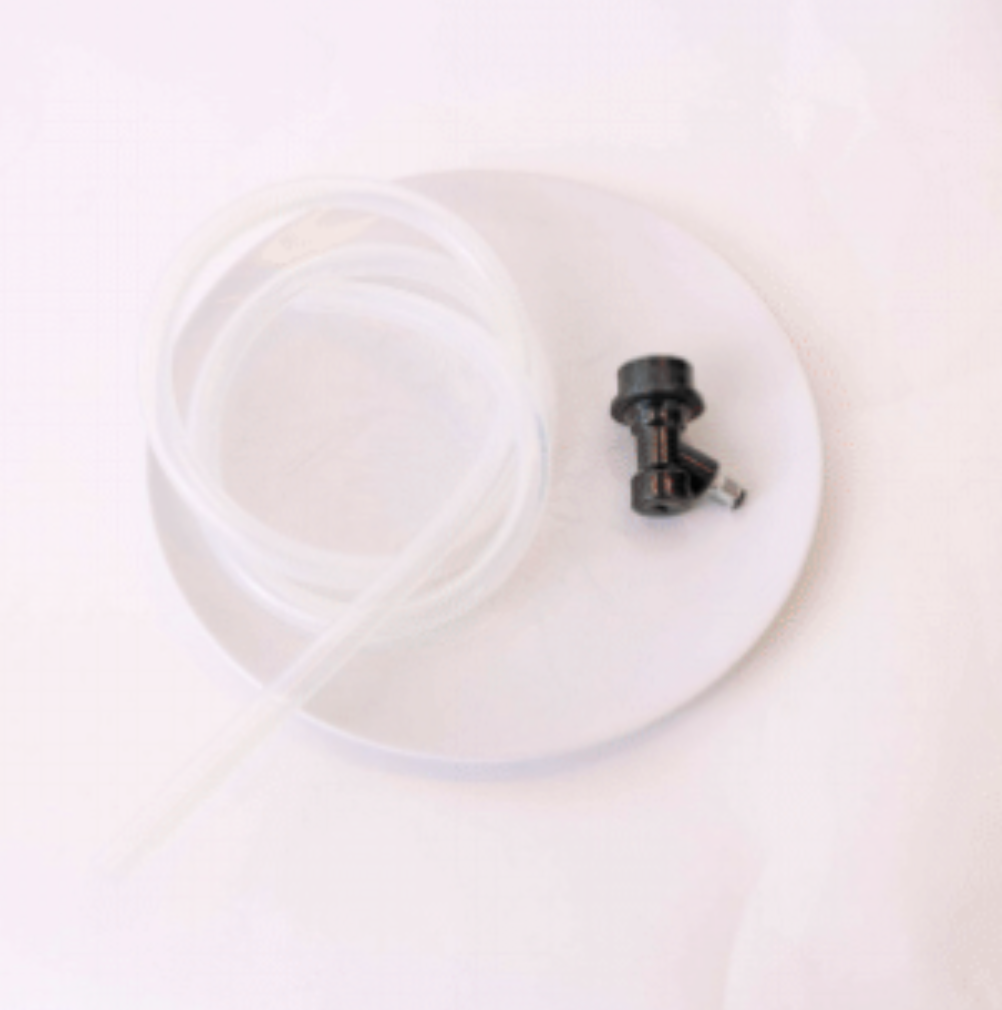
**5. Sanitize the keg lid
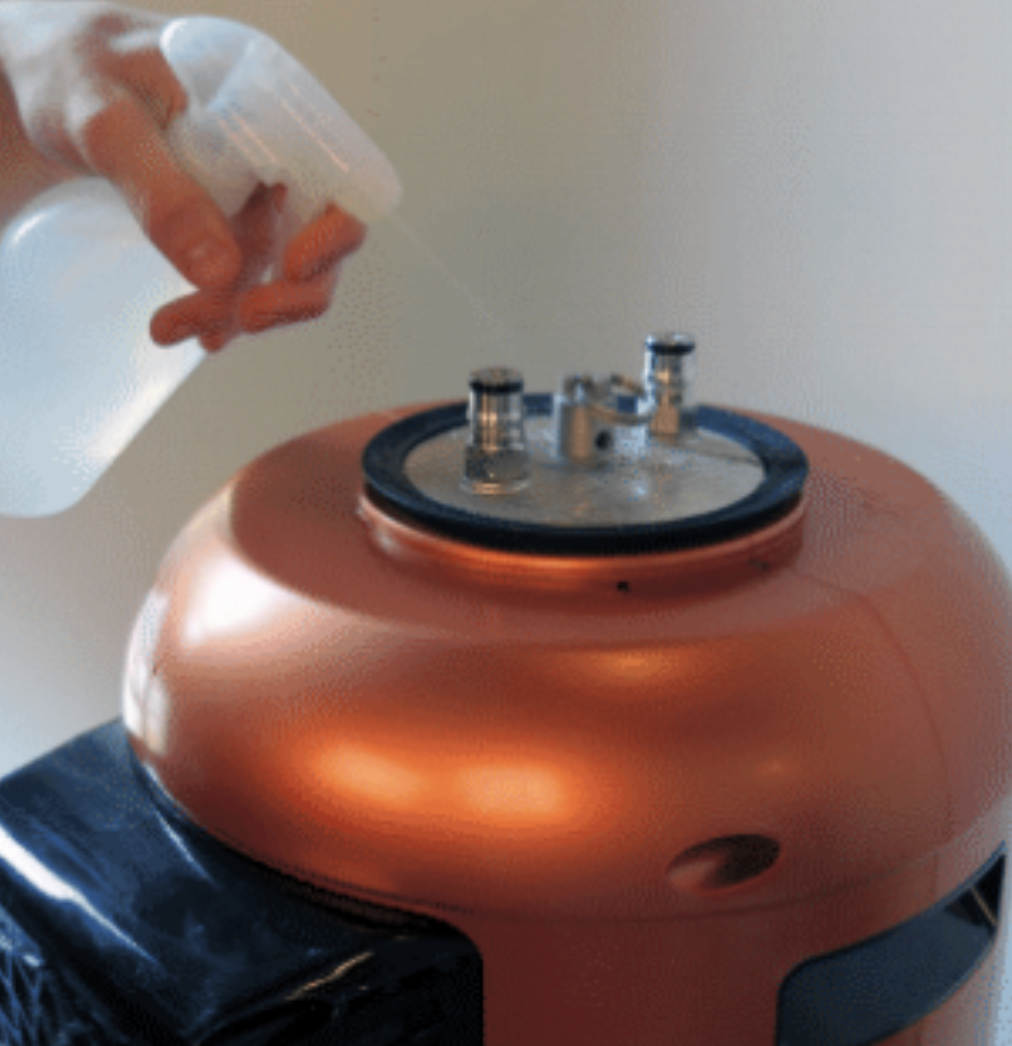
**6. Connect the blow-off to Smart Keg